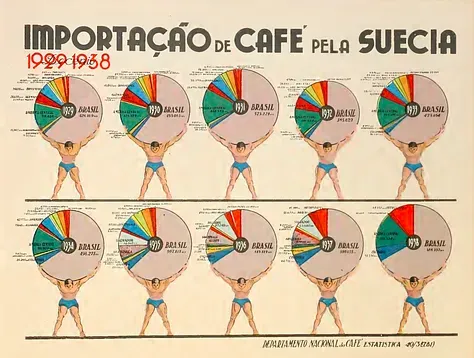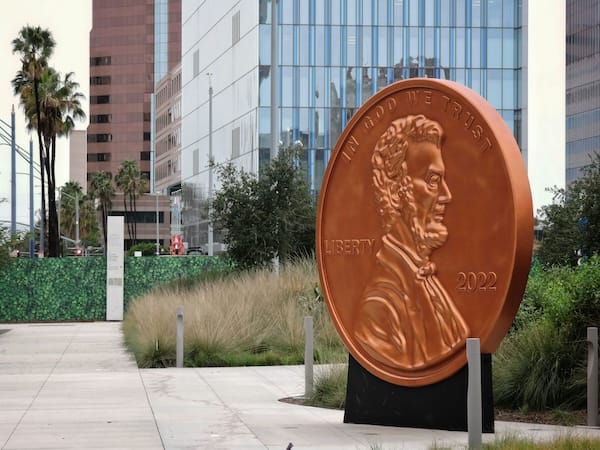Self-checkout keeps growing despite theft
Why are retailers expanding self-checkout?

Finally, I came across some hard statistics about self-checkout, published by Capital One Shopping Research (link).
The report has two main findings:
- Self-checkout technology contributes to the worsening theft problem in U.S. retail
- Companies worldwide are continuing to expand the self-checkout footprint

***
An estimated 20 million Americans have admitted to shoplifting via self-checkout kiosks. We presume this is an underestimate since some shoplifters probably didn't want to admit a crime to a pollster.
Apparently 20 percent of the self-checkout thefts are described as "accidental" (i.e., the shopper fails to notice when an item does not scan). If we assume this information was obtained through response to a poll question, then the shopper did at some point notice the item did not scan and then chose to not pay for the item.
Further, 44 percent intended to steal again using self-checkout kiosks.
Shockingly, the value of stolen items for each shopping trip is $60 on average. That's a lot of groceries. If one item didn't scan, it may have been an accident; if many items didn't scan, I'll let you decide.
The most predictable finding: it is much easier to steal from self-checkout kiosks than from human cashiers. Also, the amount of "shrinkage" from self-checkout is much higher than from traditional checkout.
***
One wonders why companies continue to push in this direction. They obviously save labor costs by not having to pay wages, and associated benefits.
Could it be that the saved labor cost pays for the increased stealing? Or do the stores have to raise prices on everyone to recoup what's stolen?
Let's pretend to be a mom-and-pop corner store manager.
According to the above research, each shoplifter using self-checkout steals $60. The actual loss depends on whether those items would have been sold to paying customers or not. If other customers would have paid for those items, then the store owner lost $60. If the items would not have been sold, and could have been returned to the manufacturer, then the store owner lost $60 minus the profit margin. Let's say the store typically makes $10 profit from selling the $60 worth of goods, then the store would lose $50 when the goods were stolen.
As the profit margin at a corner store is probably even lower, I'll just use $60 loss per shoplifter to make the math simpler. How does this compare to the savings on wages?
Let's say the store pays a cashier $30 per hour (including benefits, etc.).
If there are more than one shoplifter every two hours, then the loss due to theft exceeds the pay of a single cashier. The report says 15 percent of shoppers are stealing via self-checkout, so if the store has more than 7 shoppers during those two hours, the threshold has been breached! The foot traffic at this store had better be over 3 people per hour.
In this calculation, we aren't even taking into account the cost of the self-checkout machines, and any maintenance fees.
Is this another reason for inflation at the grocery store? Are these stores recouping losses by raising prices on every shopper? Why are they continuing to expand self-checkout? That's a head scratcher.



